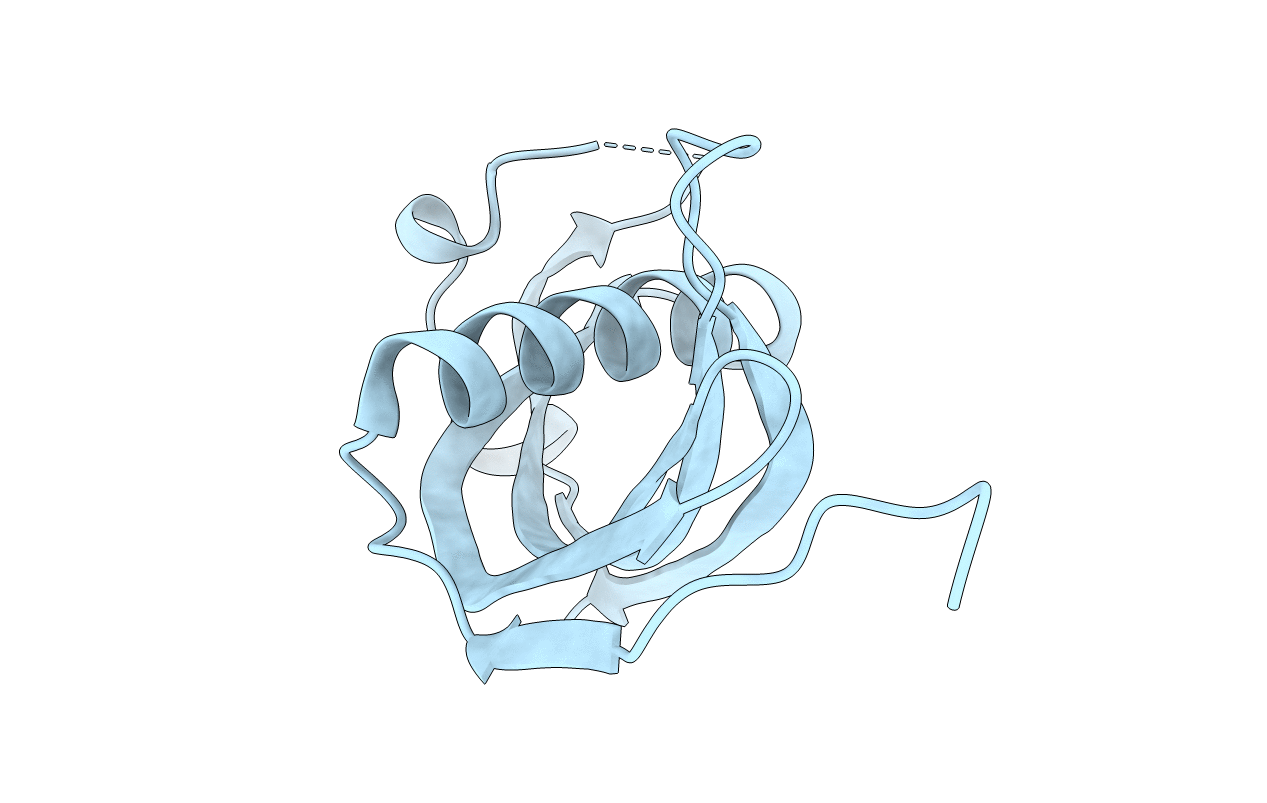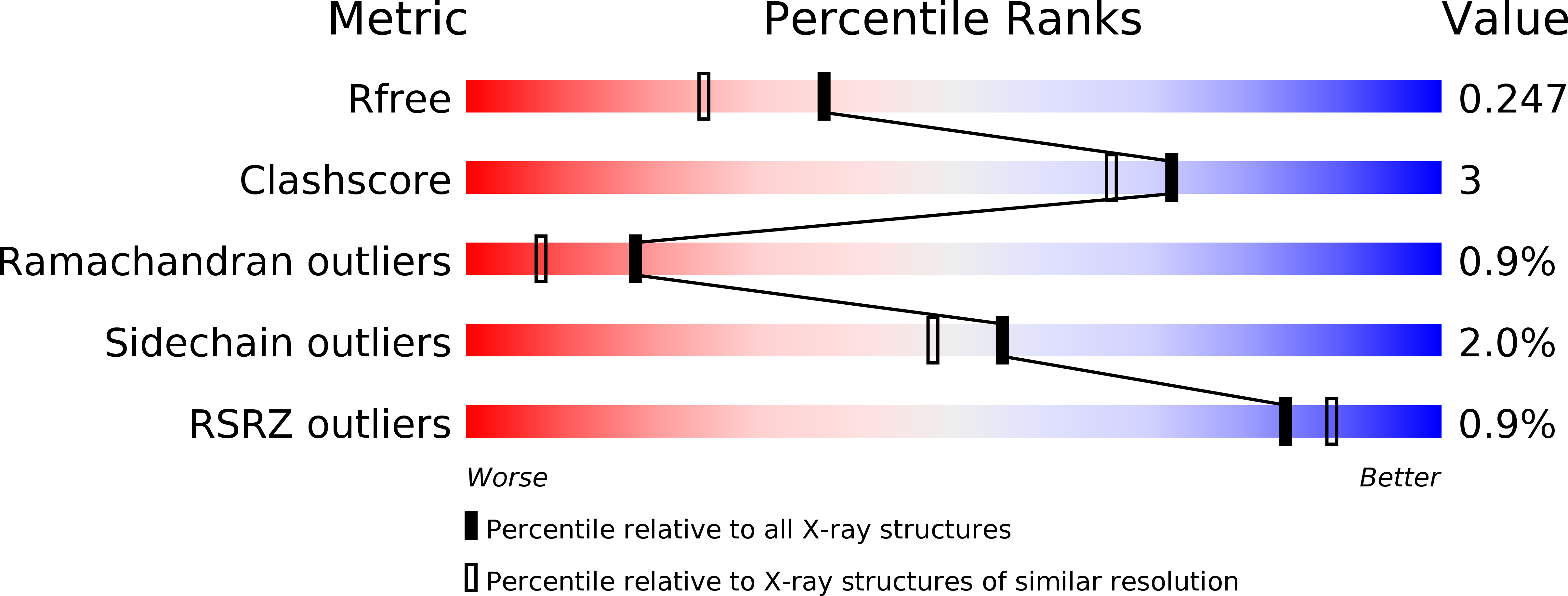
Deposition Date
2013-10-14
Release Date
2015-02-18
Last Version Date
2024-11-27
Method Details:
Experimental Method:
Resolution:
1.95 Å
R-Value Free:
0.23
R-Value Work:
0.21
R-Value Observed:
0.21
Space Group:
P 21 21 2


